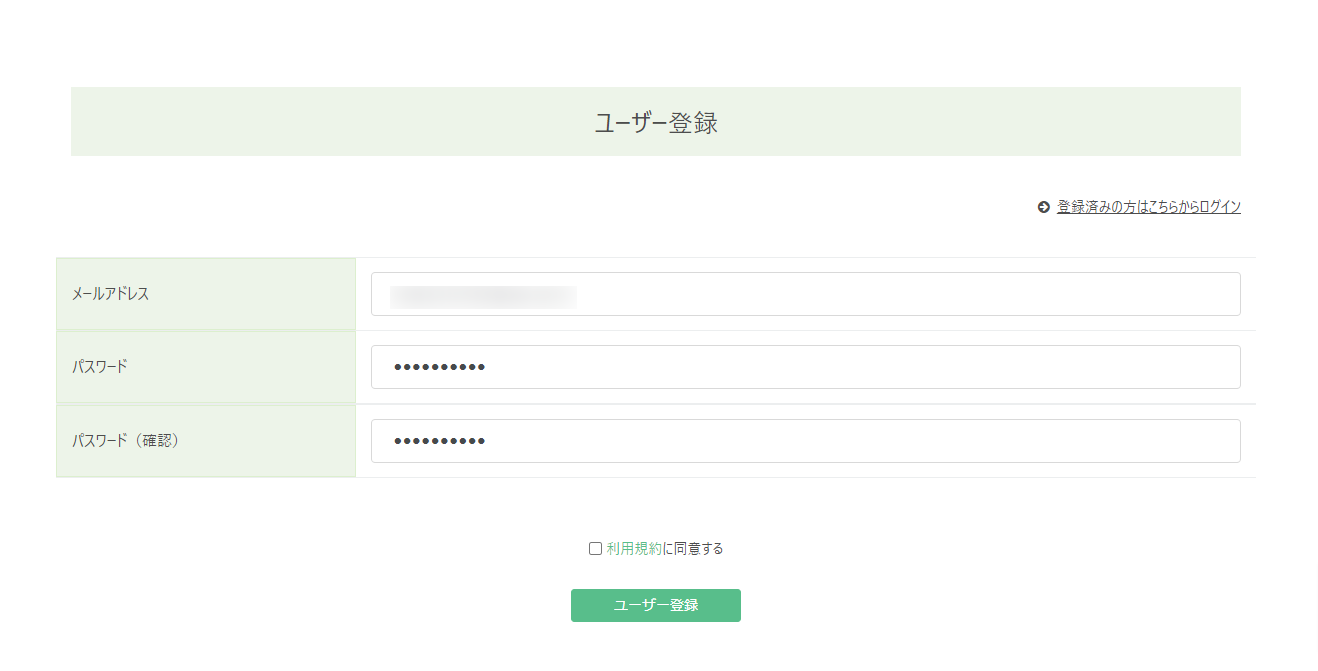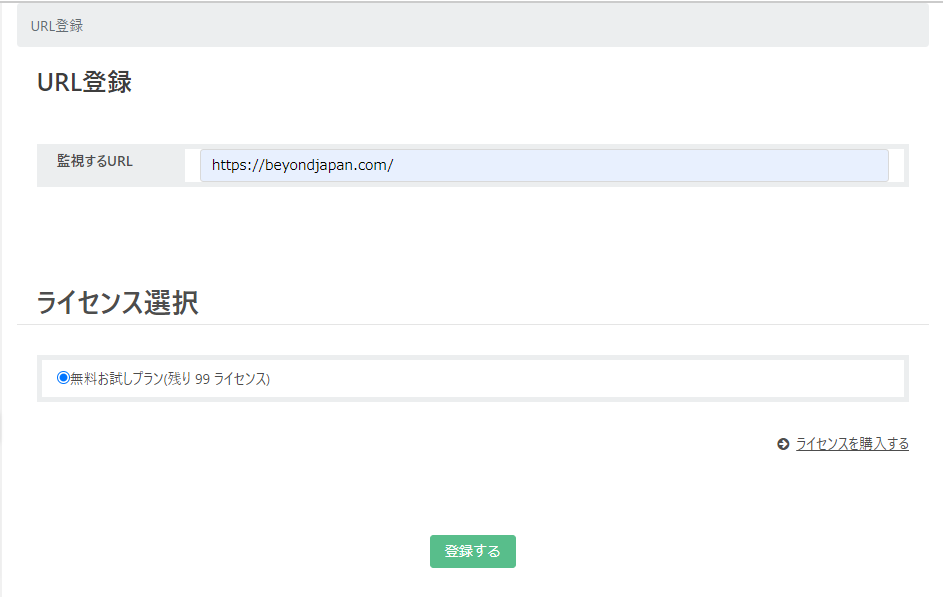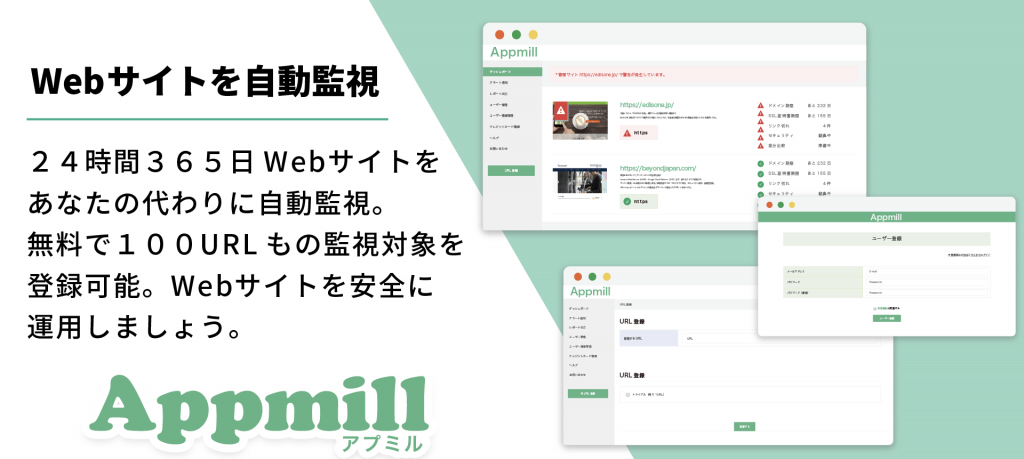[Easy] How to manage domain and SSL certificate expiry dates for free [Website operation]

table of contents
Last updated: October 29, 2021
The contents of this article are explained in an easy-to-understand manner in the video below.
Please take a look!
Hello.
This is Goto from the Web Service Division.
Summer 2021 has already arrived. How do you all plan to spend your time?
This summer is not a special summer for me, but
No, it wasn't a special summer.
Lately, an engineer at my company has been whispering to me a lot.
“Goto-san, this is your last summer in your 20s, right?”
What is this? I wasn't particularly conscious of it, but because of the power word "last," I felt like I had to make it a very important summer.
So, in the last summer of my 20s, I don't really play around with it, and I'm thinking of using my savings to buy a nice guitar.
Now, let's get down to business and talk about how to manage domain and SSL certificate expiration dates to make website operation easier during the last summer of your 20s.
Domains and SSL have expiration dates. If you forget to update...

Obtaining a domain and SSL is now indispensable when publishing a website, but these have an expiration date and need to be renewed after about a year .
However, if it happens once a year or once every few months, it can be surprisingly easy to forget to update it. If you are running multiple sites, management can become especially complicated, and if you are a web developer, you have probably found yourself thinking, ``Unbeknownst to you, the renewal deadline is approaching...??'' ?
What happens if I forget the expiration date?
If the domain and SSL actually expire, the following situation will occur:
domain
- will be set on "hold" for 45 days from the expiration date,
but the domain will not be available for use during that time, but the ownership will not be transferred to another company
, and it can be restored by updating. - After 45 days, it will be deleted from the registrar's database. Saved in the registry database for 30 days
, recovery is possible during this time, but requires a higher fee than usual. - After 30 days, ownership rights are lost and the domain becomes available for anyone to register.
SSL
When the SSL expiration date has expired, the browser side will detect the SSL expiration date andStop viewing the siteI will. At that time, the browser"It's not safe"、"Privacy is not protected"An error screen like this will be displayed. Also, in the URL, "https" is "https” will be displayed. It gives off a dangerous atmosphere. By the way, this display is automatically processed by the browser, so unlike normal communication errors, it is not possible to preset the screen that will appear when the error occurs.
Therefore, if the SSL expiration date has passed, it will not only result in a loss of business opportunities on the site, but will also directly lead to a decline in the image of the services
What you can do to avoid expiration
What can I do to ensure that my domain/SSL does not expire?
I have summarized it below.
Register in a scheduler such as a calendar

By registering various expiry dates in Google Calendar, etc., you can prevent yourself from missing out
Additionally, the renewal process may take some time, so it is important to schedule your work day well in advance . For example, compared to DV certificates OV/EV certificates take longer to be issued.
For more information on SSL types, please see the following article written by our engineers.
What is an SSL certificate? A brief introduction to its role and types
If you register your scheduled work dates in your calendar and set up notifications, you can use it as a reminder
Manage deadlines all at once using a spreadsheet

By registering the expiration date and scheduled work date in a calendar, you can make it difficult to forget to renew your domain, but you want to check the domain expiration dates of various sites in a list , managing with a calendar is not suitable
The problem with the calendar management method that if you can't manage it in a list view it's hard to notice if there are any omissions .
The solution to this problem is to manage various deadlines all at once using Microsoft Excel or Google spreadsheets. If you manage it with a spreadsheet, you can manage the status
Implement website monitoring tools

The last method I would like to recommend is to install a website monitoring tool
The website monitoring tool is easy to use for managing domain and SSL expiration dates, and with simple tasks such as registering URLs, you can be notified display a list of expiration dates for domains and SSLs for each URL. .
offer many useful functions for website operation , such as the ability to detect website communication abnormalities and display speed abnormalities notify
I want to know more about website monitoring tools! If so, please see the article below.
You can use it for free! Introducing recommended website monitoring tools
As introduced earlier, the most recommended way to centrally manage domain and SSL expiration dates is to use a web monitoring tool .
Beyond, a company that operates and maintains servers, offers a website monitoring tool called ``Appmill'' that without any technical knowledge
What is the website monitoring tool “Appmill”?
The website monitoring tool "Appmill" has the following features:
- 100 URLs can be registered for monitoring (free plan)
- Domain and SSL expiration dates can be managed in a list
- In addition, it is possible to monitor life and death and check display speed.
- Paid plans allow you to check for attacks such as website tampering.
- Complete registration with just your email address and the URL of the site you want to monitor (takes about 1 minute)
The biggest feature is that you can monitor and register 100 URLs for free, making it ideal for managing domain and SSL expiration dates for multiple sites
Appmill installation steps
The Appmill registration process is very simple.
The advertised time from registration to start of use 1 minute
1. Register your email address and any password

2. Register the URL you want to monitor
Once user registration is complete, the next step is to register the URL.
3. Start monitoring! You will receive email notifications when something goes wrong!
Once you register the URL, you're done! In the future, it will be possible to not only manage domain and SSL expiration dates, but also detect abnormalities that occur in registered URLs.
With the free plan, you can add up to 99 URLs (100 URLs in total)

summary
Our company Beyond's mission to make the world a little easier , and we believe that this tool is the perfect embodiment of that mission.
It's free, so give it a try!
Thank you for reading to the end.
▼Website monitoring service Apmil▼
Apmil functions and operating procedure introduction video
A video introducing Apmil's functions and operating procedures is available on Youtube below.
Please take a look when considering it.

 0
0










